English or French, 13th - 14th century.
Measures 1.8 x 1.5 x 0.8cm.
Weighs 1.8 grams.
This fine little brooch is decorated with oak leaves and a cabochon garnet set in a tall collet, a dagger shaped pin crosses the centre of the brooch. The brooch would have been a deeply romantic gift combining the garnet which is emblematic of love and the oak leaves which symbolised strength and stability, as well as bearing strong religious significance.
In medieval jewellery, garnets were highly prized for their deep red hue and believed mystical properties. Associated with protection, vitality, and divine love, garnets were thought to ward off illness, protect against injury, and illuminate the darkness—both literal and spiritual. Their rich colour made them a symbol of Christ’s sacrifice, and they frequently appeared in religious and funerary jewellery. Garnets were also connected to concepts of faithfulness and truth, making them a popular choice in personal adornment and ecclesiastical pieces throughout the Middle Ages.
Oak trees were widely regarded as symbols of strength, stability, and endurance, owing to their longevity and robust nature. In jewellery, oak leaves could represent resilience, fortitude, and the ability to withstand adversity—virtues admired in both secular and religious life. Within Christian art and ornamentation, the oak also carried spiritual significance, evoking the Tree of Life and the strength of faith. It was often interpreted as a symbol of God’s protection, particularly in devotional objects or pieces with sacred motifs.




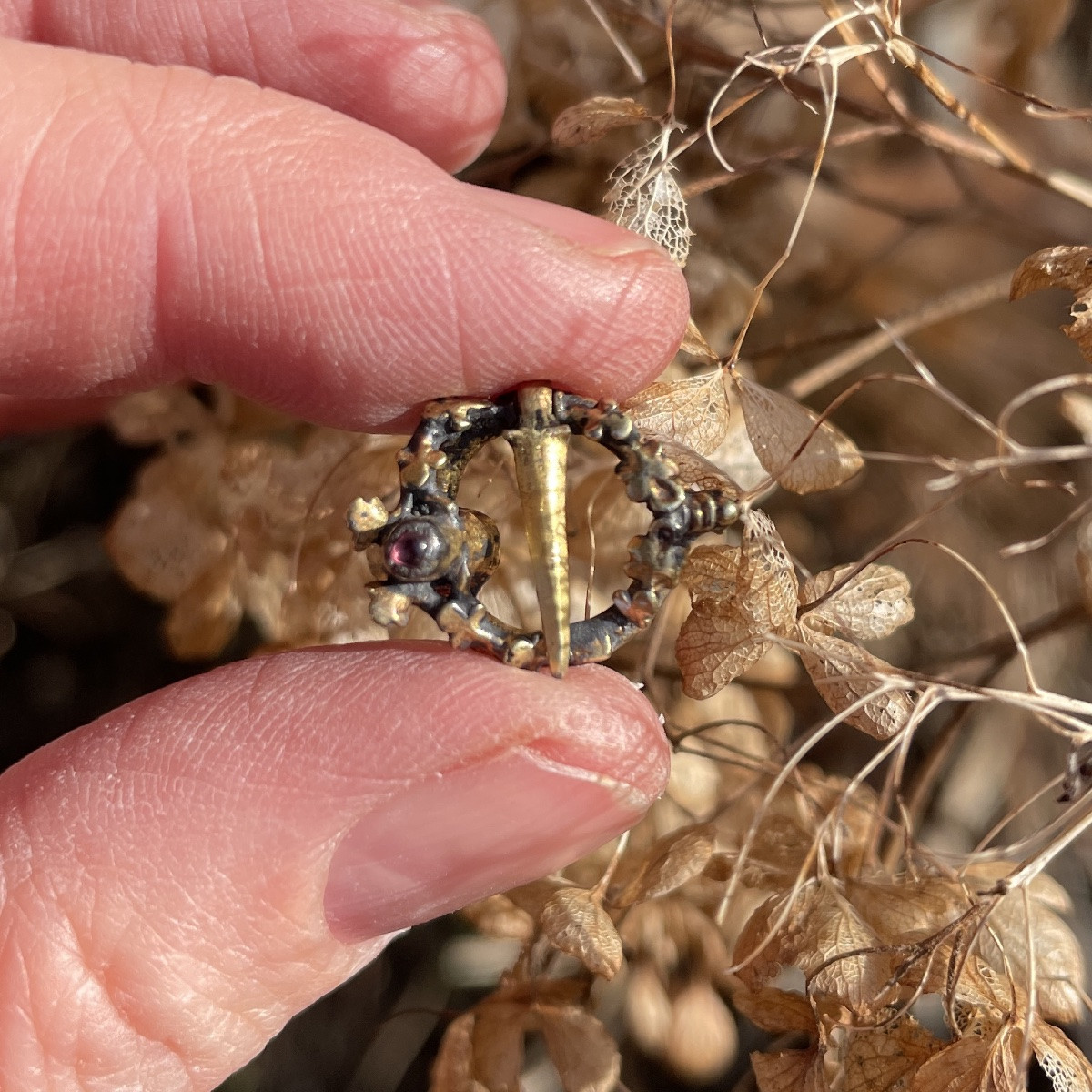
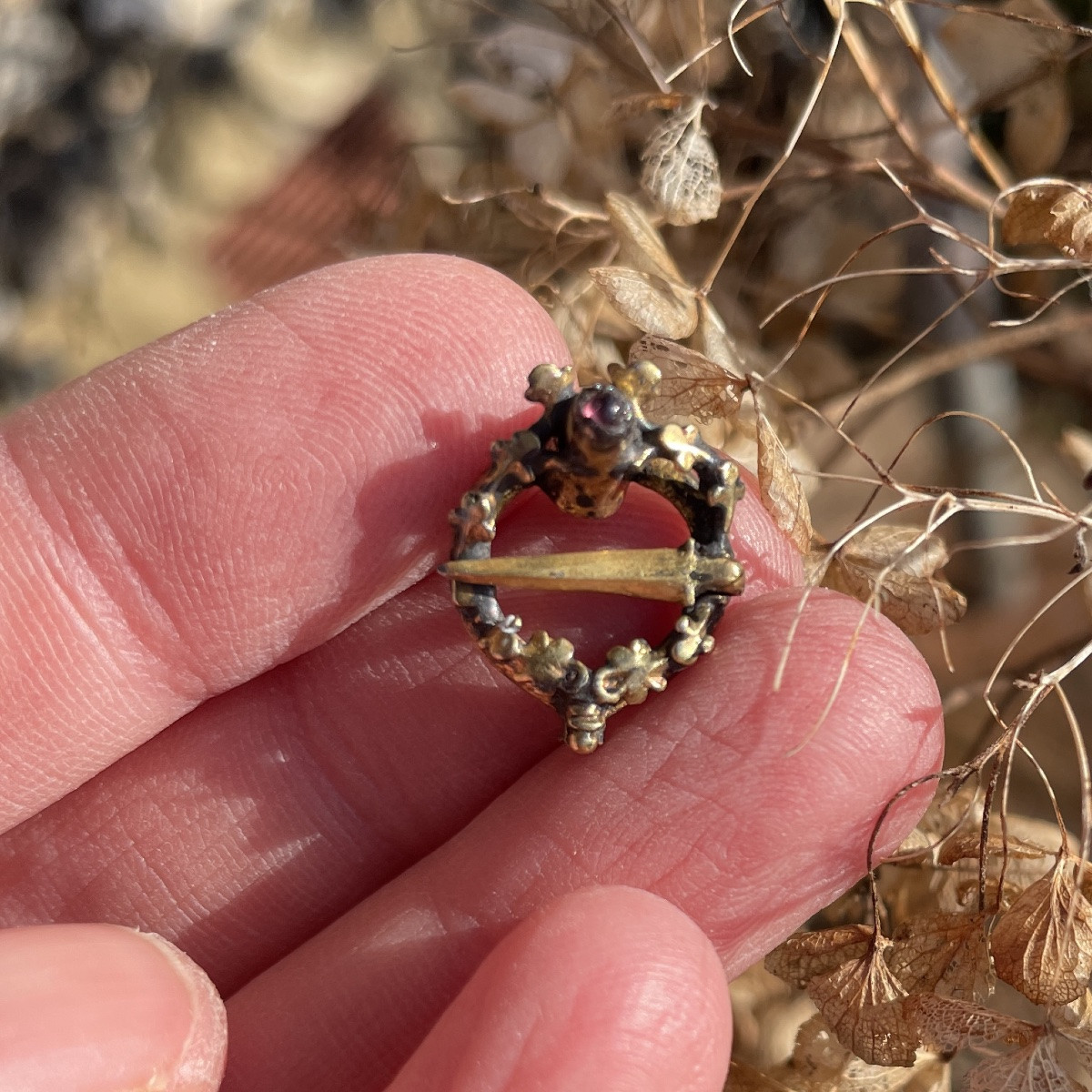
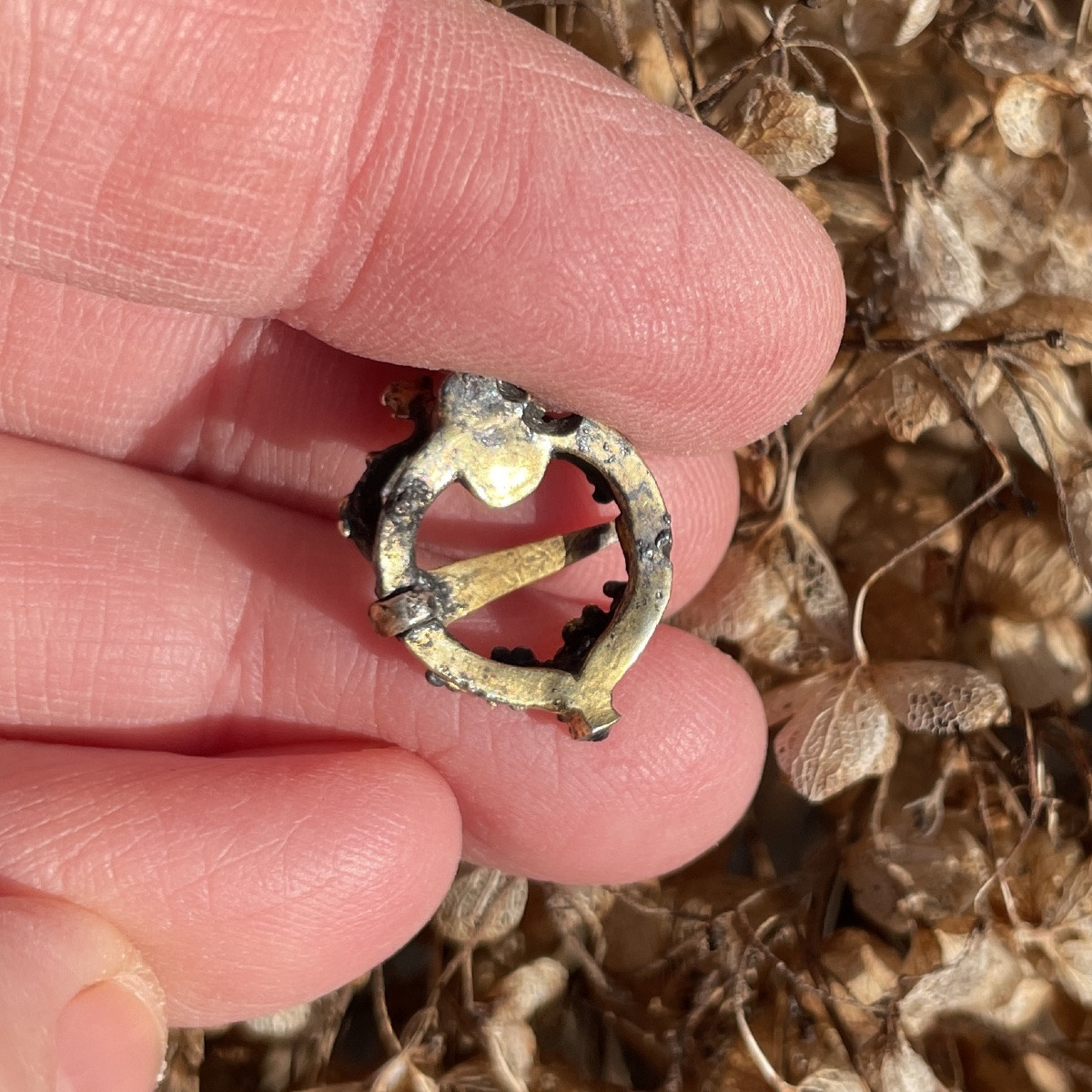

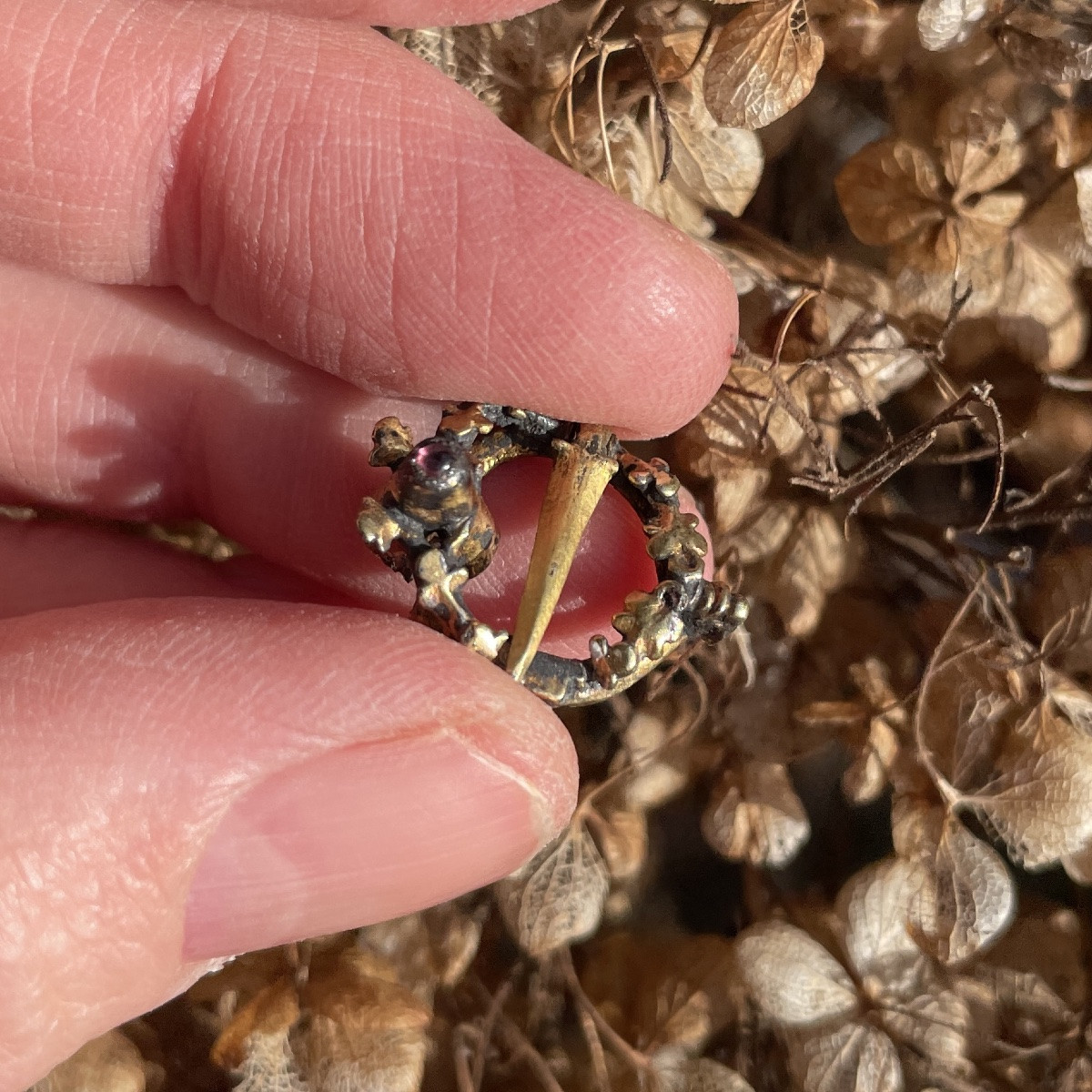
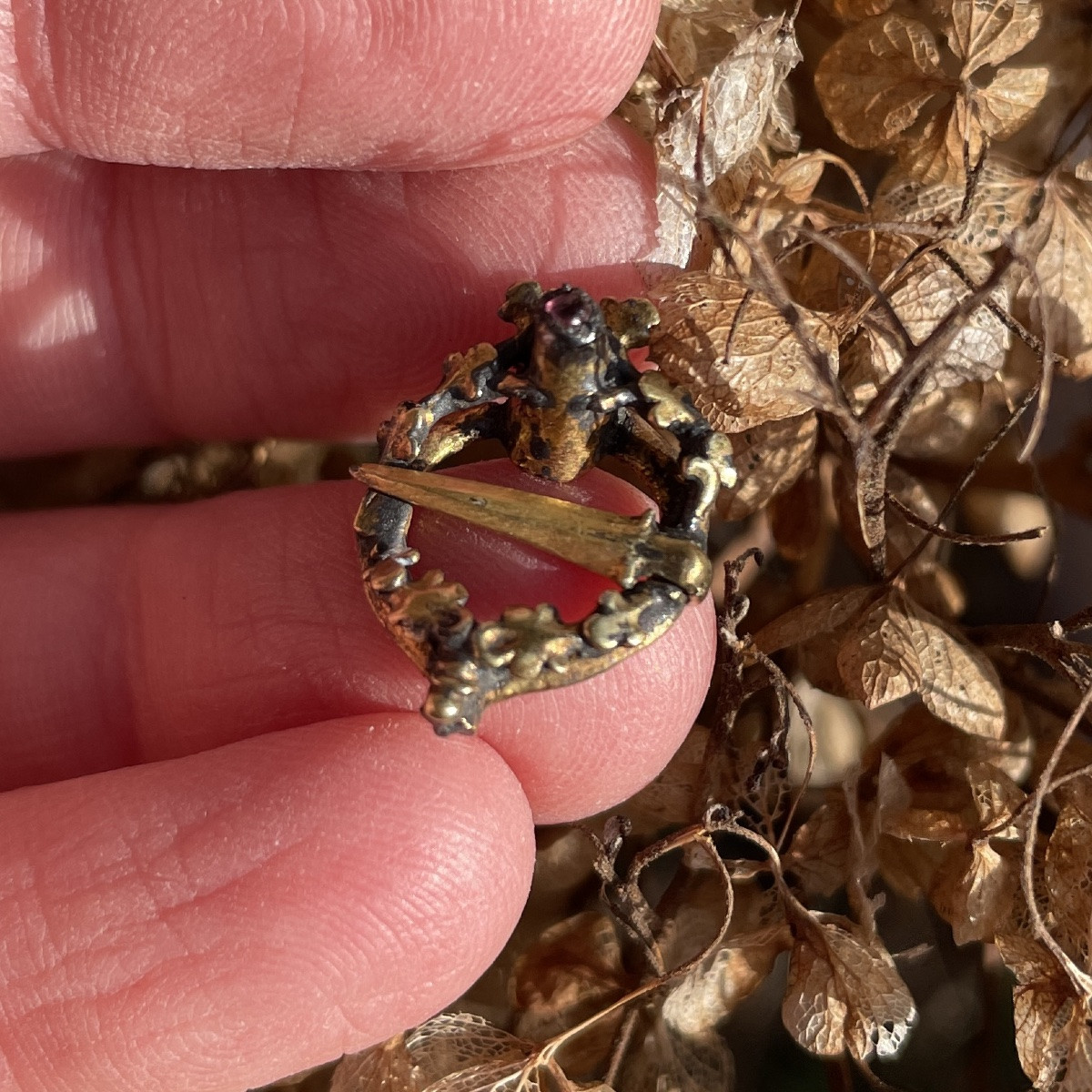
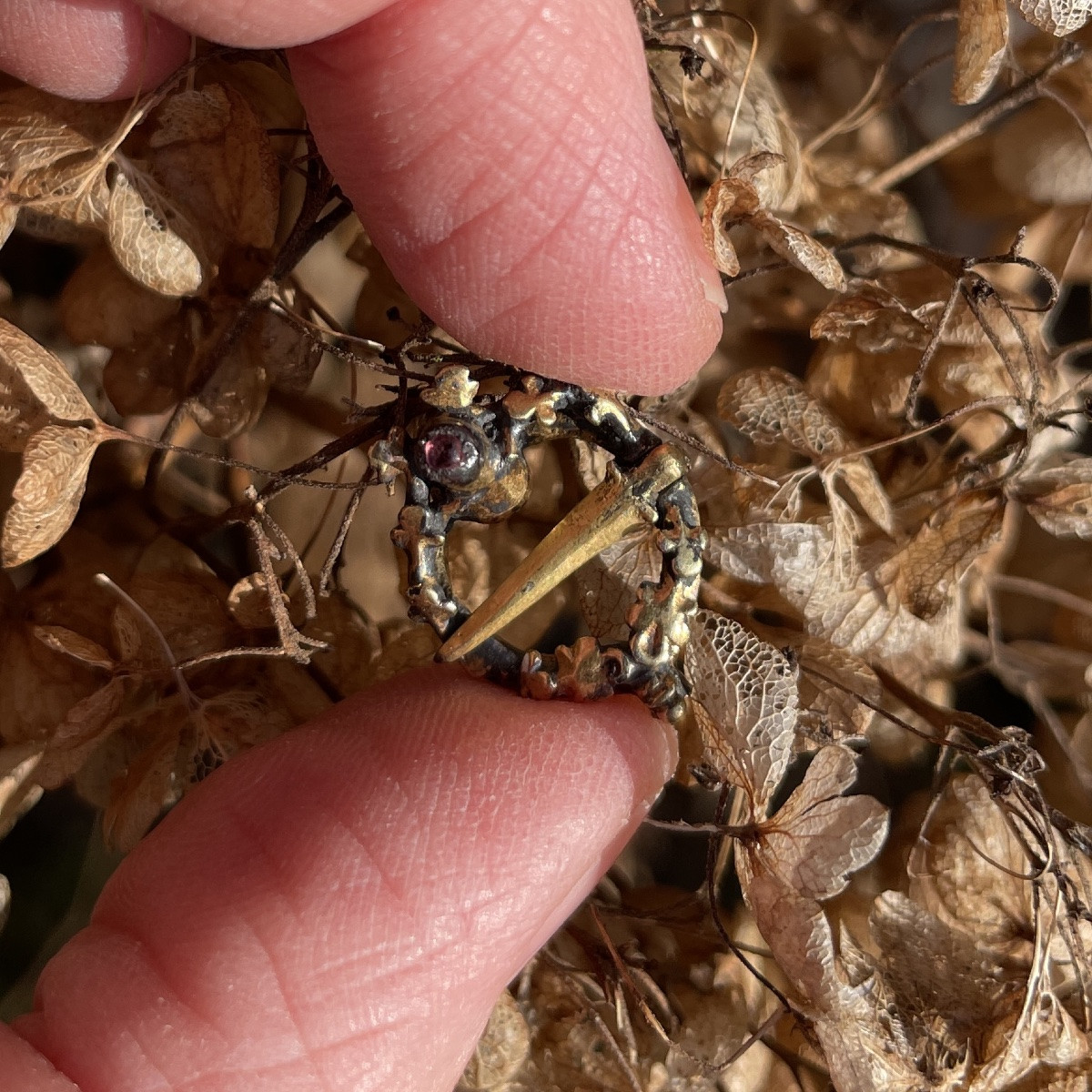


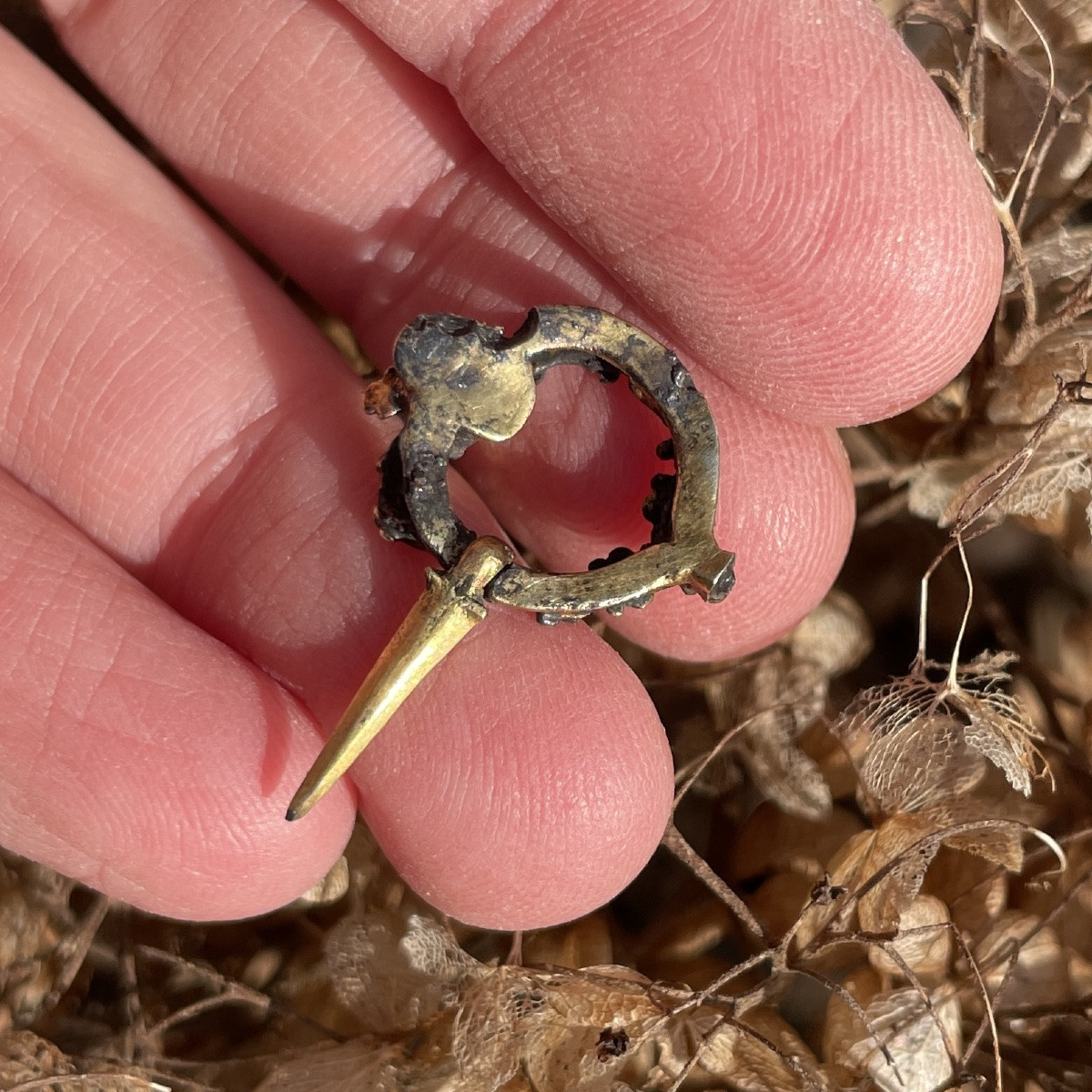
















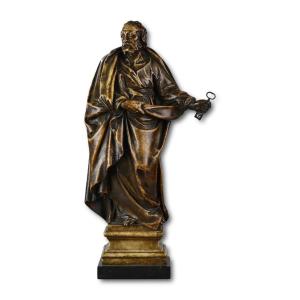
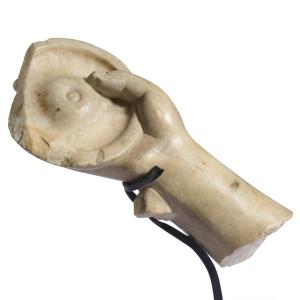
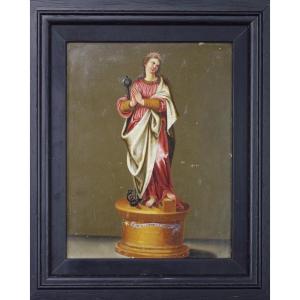
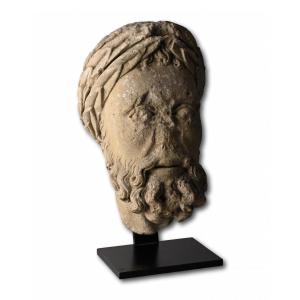

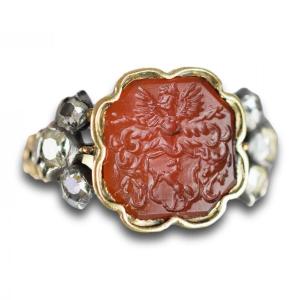


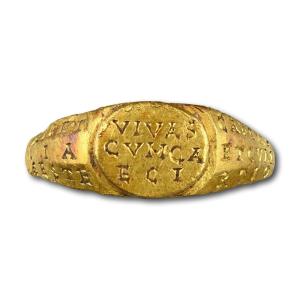

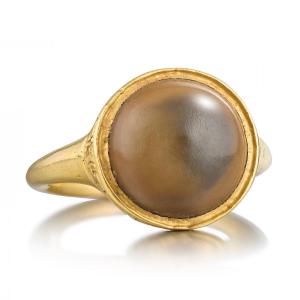
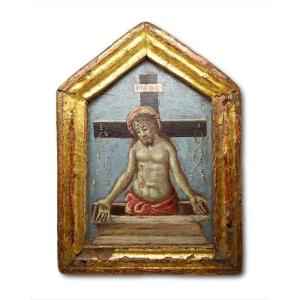
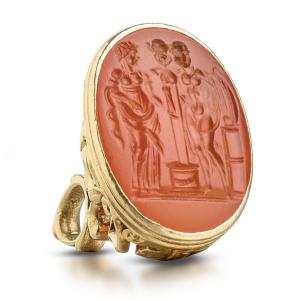





 Le Magazine de PROANTIC
Le Magazine de PROANTIC TRÉSORS Magazine
TRÉSORS Magazine Rivista Artiquariato
Rivista Artiquariato